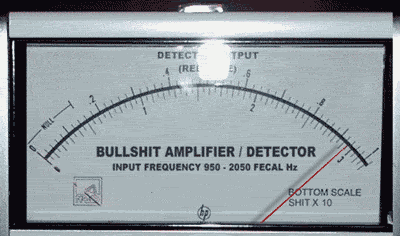Of course drifting (oversteering beyond the optimal slip angle) can be faster in certain situations, even on tarmac-only courses. It is faster in all situations where the inherent understeer / resistance to turn of the car would make you slow down otherwise. The prime example of this are hairpins, of which we have none in LFS.
There might be even situations (corner & track geometry) where due to the setup compromises a little bit of intentional oversteer helps get the car around the corner faster than you'd be able to without going beyond the optimal slip angle.
It might also be faster to stay on the throttle when you screw up a corner, keeping the turbo spinning instead of going off the throttle to correct the oversteer, which would give you more grip in the tyres but much less torque to use that grip, resulting in a net loss of speed.
Why you get rally into this discussion is beyond me, since the reason they drift long wide turns is a completely different one (the spinning wheels are needed to dig through the loose surface). On tarmac they generally don't drift unless one of the reasons mentioned above applies.
What you have to keep in mind is that a "drift" (not showdrift) can be faster in a certain frame of reference (usually a single turn). If the whole track is your reference frame (you're faster everywhere with a drift) then that simply means you have a crap setup, not that drifting is some magical way to make you faster.
Now even if the drift advantage is for only one corner, what you always have to think about is the whole race as your reference frame. Unless you're doing a two lap stint, drifting will never be faster over the course of a race - your tyres will be shot way before everyone else's. Depending on how long the race is it might be even faster over the long run to take that one corner slower than possible for the benefit of massively increasing tyre life.
Also don't forget that power oversteer in LFS is too efficient. The grip dropoff on longitudinal slip is not severe enough, making full throttle starts and also power oversteer work better than they should.
There might be even situations (corner & track geometry) where due to the setup compromises a little bit of intentional oversteer helps get the car around the corner faster than you'd be able to without going beyond the optimal slip angle.
It might also be faster to stay on the throttle when you screw up a corner, keeping the turbo spinning instead of going off the throttle to correct the oversteer, which would give you more grip in the tyres but much less torque to use that grip, resulting in a net loss of speed.
Why you get rally into this discussion is beyond me, since the reason they drift long wide turns is a completely different one (the spinning wheels are needed to dig through the loose surface). On tarmac they generally don't drift unless one of the reasons mentioned above applies.
What you have to keep in mind is that a "drift" (not showdrift) can be faster in a certain frame of reference (usually a single turn). If the whole track is your reference frame (you're faster everywhere with a drift) then that simply means you have a crap setup, not that drifting is some magical way to make you faster.
Now even if the drift advantage is for only one corner, what you always have to think about is the whole race as your reference frame. Unless you're doing a two lap stint, drifting will never be faster over the course of a race - your tyres will be shot way before everyone else's. Depending on how long the race is it might be even faster over the long run to take that one corner slower than possible for the benefit of massively increasing tyre life.
Also don't forget that power oversteer in LFS is too efficient. The grip dropoff on longitudinal slip is not severe enough, making full throttle starts and also power oversteer work better than they should.





